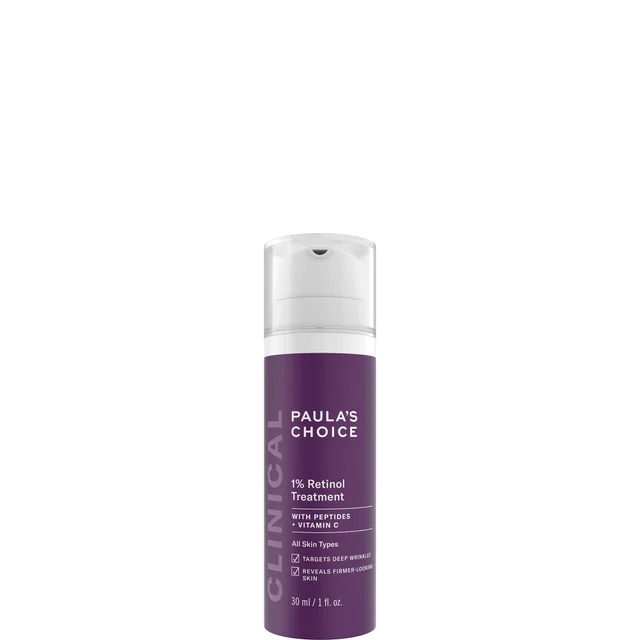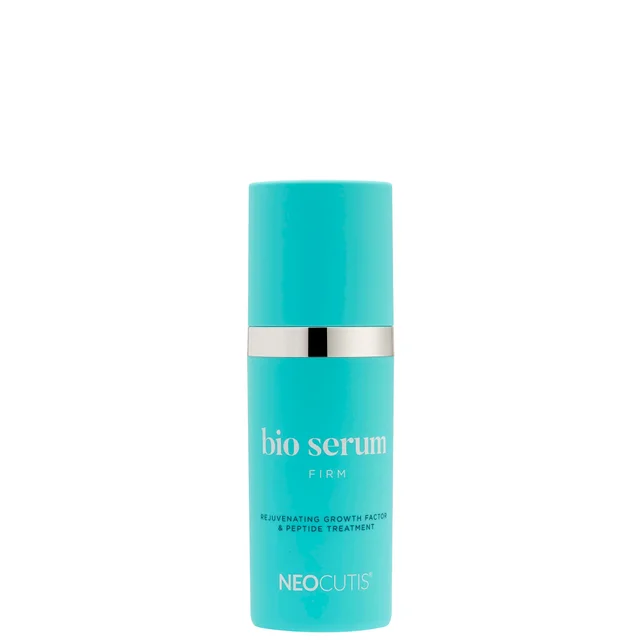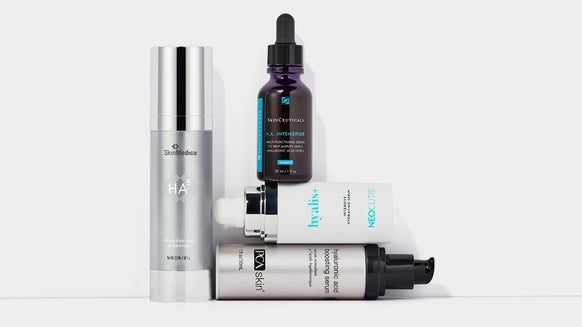9 Skin Care Ingredient Pairings That Work Well Together (and 6 That Don’t)
Like your favorite snack combos, some skincare ingredients are just better together. But there are other ingredients that should be kept far away from each other as using them at the same time could either cancel out their benefits, or worse, cause irritation. “You want ingredients that will mix and not separate like oil and water in order to get an even distribution of the mixture on your skin. Mixing ingredients can provide additive effects to your skin,” explains Dr. Deborah Yu, a cosmetic surgeon with The Plastic Surgery Center. “If ingredients do not necessarily ‘match,’ you should be aware that you could have a less than optimal result.”
Table of Contents:
- Understanding Ingredient Synergy
- Hydration and Moisture Boosters
- Brightening and Even Tone
- Anti-Aging Powerhouses
- Skincare Ingredients Not to Mix
- Customizing Your Skincare Routine
- The Bottom Line
Understanding Ingredient Synergy
True ingredient synergy in skincare extends beyond having compatible actives—it’s about making sure they all have each other’s backs. Synergy in your skincare routine means curating a lineup of potent ingredients that build on each other’s strengths, enhancing and balancing their properties, to create a whole that’s greater than the summary of its parts. In short, it allows you to achieve results that are even better than the combined effects of using them individually. Choosing synergistic ingredients is especially important when you’re trying to address specific concerns as the right combinations can deliver even more targeted results.
Hydration and Moisture Boosters
Looking to transform dry and dull skin? These pairings are matches made in hydration heaven.
Hyaluronic Acid with Glycerin
Ceramides with Niacinamide
Hydrating Oils with Humectants
Humectants are water-loving substances that attract and hold moisture in the skin, while hydrating oils are natural oils that lubricate and moisturize the skin. And yes, you heard that right. Oil and water. It’s a head-scratcher, for sure, but allow us to explain. Humectants draw water into the outer layer of the skin, and because they’re not oil-soluble, applying an oil
Brightening and Even Tone
For a clearer and more even skin tone and texture, try these complexion-brightening combos.
Vitamin C and Vitamin E
Alpha Hydroxy Acids (AHAs) with Beta Hydroxy Acids (BHAs)
Licorice Extract with Arbutin
Licorice extract and arbutin act as tyrosinase inhibitors because of their anti-pigmentation properties. Tyrosinase is the process of converting tyrosine into melanin, which, in turn, gives the skin its color. Together, they regulate your skin’s melanin levels and prevent overproduction that leads to discoloration. When it comes to existing dark spots, licorice steps in by dispersing the melanin while arbutin slows down its production that eventually fades hyperpigmentation and hinders the formation of new dark spots.
Anti-Aging Powerhouses
These are the wrinkle-fighting warriors you need to keep fine lines, sagging and photodamage at bay.
Retinol and Peptides
Coenzyme Q10 with Vitamin B3
Antioxidants with SPF
Skincare Ingredients Not to Mix
Sometimes, two good things don’t necessarily lead to something greater. Skincare layering can backfire and make products less effective. So, what skincare ingredients shouldn’t be mixed? Here are the unhappy couples.
Benzoyl Peroxide and Retinoids
When your skin is battling breakouts, you’re going to want benzoyl peroxide and retinoids like tretinoin in your corner. Just not together and definitely not at the same time. “They have not been typically used together benzoyl peroxide may reduce the effectiveness of tretinoin,” explains Dr. Yu. When adding both to your routine, only apply benzoyl peroxide during the day and keep retinol for nighttime use.
Vitamin C and AHAs/BHAs
Another combo you need to be wary of because of how one can inactivate the other is vitamin C and AHAs/BHAs. According to dermatologist Tsippora Shainhouse, MD, FAAD, “Some acids can change the pH of the vitamin C and destabilize it, potentially rendering it inactive.” To get the exfoliating benefits of AHAs/BHAs without letting go of vitamin C’s antioxidant action, stick to a schedule: use vitamin C in the morning and your acid-based treatments at night.
Retinoids and AHAs/BHAs
Due to their high potency, retinoids can cause reactions and irritations for some skin types. This is especially true for first time users, so using products with AHAs/BHAs with them is only going to make matters worse. Chemical exfoliators will further tick off skin that’s already feeling sensitive from retinoid use, leading to redness, itchiness, flaking and dryness.
Salicylic Acid and Benzoyl Peroxide
Doubling up on your acne treatment with salicylic acid and benzoyl peroxide isn’t the game-changer you think it could be. Salicylic acid can trigger dryness and irritation in some skin types, which can be exacerbated by using an antiseptic like benzoyl peroxide. These two should never be used to treat the same area of skin, even at different times of the day. Instead, use a salicylic acid face wash as your go-to breakout-prevention product and only apply benzoyl peroxide (without salicylic acid) as a spot treatment for when a pimple does pop up.
Benzoyl Peroxide and Vitamin C
These two ingredients don’t get along, so strike them out of your potential combos. Benzoyl peroxide can oxidize vitamin C and make it less effective, so just like with salicylic acid, this duo isn’t meant to mingle. If you must have both in your routine, stick to a mornings-only rule for vitamin C and benzoyl peroxide in the evening.
Salicylic Acid and BHAs/AHAs
We know we said AHAs and BHAs are good together, so why is salicylic acid—one of the most widely used BHAs—in the no-go list? Let’s clear up the confusion. When used in the
Customizing Your Skincare Routine
When it comes to pairing ingredients and adding new combos to your skincare routine, balance and timing are everything. Here are some tips to consider before you embark on your skincare layering journey.
Read the product labels. It’s the quickest way to make sure you’re using synergistic components and not just slathering a hyped-up formula with trendy ingredients that don’t necessarily complement each other.Layer your products accordingly. Some ingredients can only do their magic when applied in a certain way. Lighter, water-soluble ingredients like hyaluronic acid should go before heavier emollients and face oils.Consider when to apply certain ingredients. Retinol is best used in the evenings, especially if you’re using it with other potentially irritating ingredients. The same rule applies for vitamin C when used with acne treatments and like benzoyl peroxide and AHAs/BHAs.Certain ingredients work best when used in the same formula. Vitamins C and E are both antioxidant royalties, even on their own. But together in the same serum? They’re the closest you’ll get to finding the fountain of youth.Before anything else, do a patch test. Apply a small amount of the new product on a discreet area of your skin and observe for signs of sensitivity or irritation.Talk to an expert. Always consult a medical professional if you’re unsure about the ingredients in your skin care products.
The Bottom Line
In most cases, it takes more than the power of a single ingredient to transform the look and feel of your skin. The best results can be achieved with ingredients that work synergistically. These dynamic duos don’t just deliver the same benefits: They go beyond the combined effects of using ingredients individually, and instead, enhance, support and balance each other’s functions and properties. So, while you can’t mix and match active ingredients with abandon, there are plenty of proven skincare ingredients that work well together—and your skin’s soulmates are just waiting to be discovered. All it takes is a little experimentation and paying closer attention to skincare ingredients that should and shouldn’t be mixed.

Janeca Racho is a Journalism graduate with over 15 years of writing experience. After getting her start in public relations and advertising, she made the switch to freelance writing and began working for various lifestyle, fashion, and travel brands. Her love for all things skincare has led her to beauty reporting and research for the last ten years. Writing for several hair and beauty blogs, she reports on anti-aging staples, trending brands and products, must-have ingredients, and health and wellness.
























